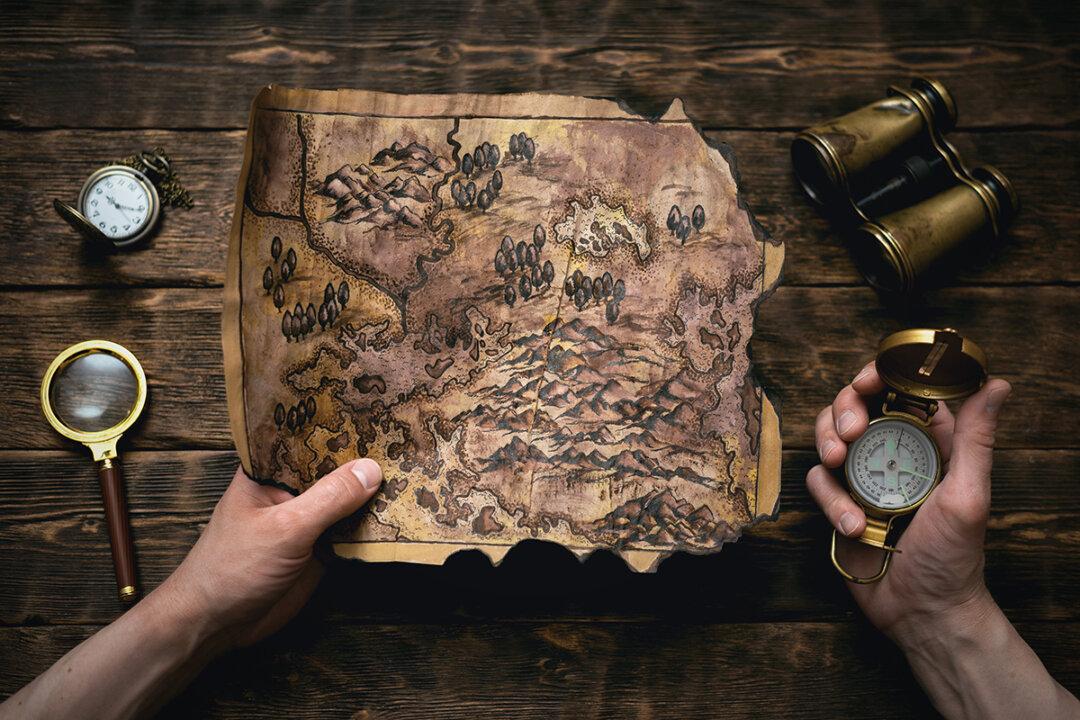Everyone loves an exciting tale of buried treasure involving pirates and outlaws, and many of those tales are true. Even better, quite a few are said to be awaiting discovery in the United States. Some treasures, such as the fabled Lost Dutchman Mine, have been lost for centuries, while others have a more recent chronology.

Las Vegas casino operator Ted Binion is said to have hidden tons of silver on his Pahrump ranch, much of which hasn't yet been found. Bruce Alan Bennett/Shutterstock






